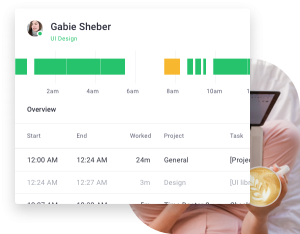Around 71% of small businesses have a website, though 38% of people will stop visiting a site that’s poorly designed. While this highlights the importance of ensuring that yours is up to par is vital, many may not know exactly where to start when looking to improve their platform. From speed to organization, here are just a few great ways that you can successfully adapt your business’ site for an improved user experience.
Gauging and improving website speed
When it comes to your business’ website, speed is everything in ensuring a user’s experience is smooth and responsive. In fact, research from Google has shown that up to 50% of users can leave a site in the time it takes for the home page to load, meaning that having a good response time is essential to retain user interaction. To achieve the best results for your website, it is highly recommended to work with professional web designers Melbourne, who can optimize your site for speed and performance. In order to evaluate and gain insight on your own website’s speed, making use of a mobile website speed test can help.
Google has created a new mobile website testing tool that will actually give you an estimation of the number of users that your site may be losing while the page loads, allowing you to gain insight on any issues your site may have. However, when it comes to improving speed, this can be done in several ways, such as by compressing all images that appear on the site, minimizing redirects, measuring and minimizing server response time. In fact, Google says your server should be responding within 200 milliseconds of a request.
The value in reworking website design
Due to the amount of people who will cease interaction with a poorly designed site, it’s important to realize that there are a variety of ways that you can go about improving site design. For example, ensuring that your website is mobile responsive will allow it to be accessible on mobile devices — a crucial aspect for local businesses in particular since a potential customer may be searching via smartphone when in town. Additionally, designing your website so that it’s mobile responsive will further aid in ensuring that it’s not negatively downgraded in search engine results.
Focusing on simplicity is another way that any business can improve their website design as well, with decluttering and organizing content a prime example. This is primarily because new customers (as well as recurring customers) can find an unfamiliar site to be confusing at first, especially when there is an abundance of content, the site appears to be too ‘busy,’ or if things aren’t easily located. To remedy this, listing your site’s pages and getting your content organized into the right categories is a great way to start. Then, assigning a clear call-to-action to each page will allow users to be successfully guided through your content.
Due to the sheer number of website users that will leave if a site is poorly designed or takes too long to load, it’s vital to reassess your speed and design to enhance the user experience. With the help of a speed-test tool and reorganization, you can successfully ensure that your website will improve for the better.







